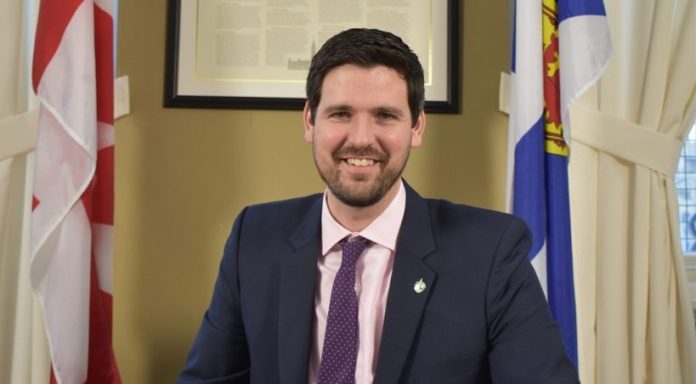
The number of applications for permanent residence received by Immigration, Refugees and Citizenship Canada (IRCC) dropped in 2022 due to a freeze on Express Entry draws for federal programs that lasted for almost 10 months.
The latest data reveals the number of permanent residence applications received by the IRCC plummeted by 60.3 per cent, falling to 264,778 from 667,261 in 2021.
That is a 27.7 per cent lower level of applications received than during the first year of the COVID-19 pandemic, in 2020, when the IRCC received only 366,408 applications for permanent residence.
Read More Canada Immigration News
Parents And Grandparents Program: Canada More Than Doubles Number Of New Immigrants
Report reveals IRCC’s staffing level more than enough to process applications quickly
Hiatus Of Express Entry Draws Sees Canada’s Federal Skilled Trades Immigration Numbers Drop
In its bid to cut through a growing backlog of applications for immigration to Canada, the IRCC hit pause on Express Entry federal program draws in late 2021.
The last such draw was on Sept. 14 of that year and that freeze on Express Entry program draws, including the Federal Skilled Trades (FST), Federal Skilled Worker (FSW) and Canadian Experience Class (CEC) programs, lasted until July 6 of last year.
By the spring of last year, Immigration Minister Sean Fraser was able to announce that the federal high-skilled backlog had been cut by more than half, from nearly 112,000 in September 2021 to 48,000 in March 2022.
Video
Ottawa also pumped an extra $85 million into the IRCC last year to reduce application processing times, announcing that in its 2021 Economic and Fiscal Update.
That extra money went to hire new processing staff, digitize applications, and implement technology-based solutions such as digital intake and advanced analytics.
Then, in late January this year, the immigration minister announced further measures to speed things up.
“These measures build on the work we’ve already done to reduce wait times, including hiring 500 new processing staff and digitizing applications,” he tweeted.
IRCC Now Has Enough Staff To Meet Its Application Processing Goals, Says PBO
It seems to be working.
The backlog of applications at the IRCC is coming down. Canadian parliamentary budget officer Yves Giroux has also reported that the IRCC now has more than enough staff to meet its application processing goals for the next three years.
“Current staffing levels at the IRCC are expected to be more than sufficient to meet the processing time goal for all years of this costing,” noted Giroux in a report.
“In fact, for 2022-23, IRCC is estimated to have 65 per cent more staff than would be required to meet the goal. This percentage will decline each year as the number of applications increases, ultimately reaching four per cent in 2026-27.”
With the backlog of applications at the IRCC already starting to come under control in July last year, the IRCC began issuing Invitations to Apply (ITAs) to skilled worker candidates both already in the country and from overseas. Since the fall 2021, ITAs had been issued only to Provincial Nominee Program (PNP) candidates.
As the immigration department resumed draws for federal Express Entry programs last year, the immigration minister expressed a strong desire to boost immigration levels to Canada.
“With the economy growing faster than employers can hire new workers, Canada needs to look at every option so that we have the skills and labour needed to fuel our growth,” said Fraser.
“Immigration will be crucial to easing our labour shortage, and these measures aim to address pressing needs in all sectors across the country while providing more opportunities for recent graduates and other applicants to build their lives in Canada and continue contributing to our short-term recovery and long-term prosperity.”

